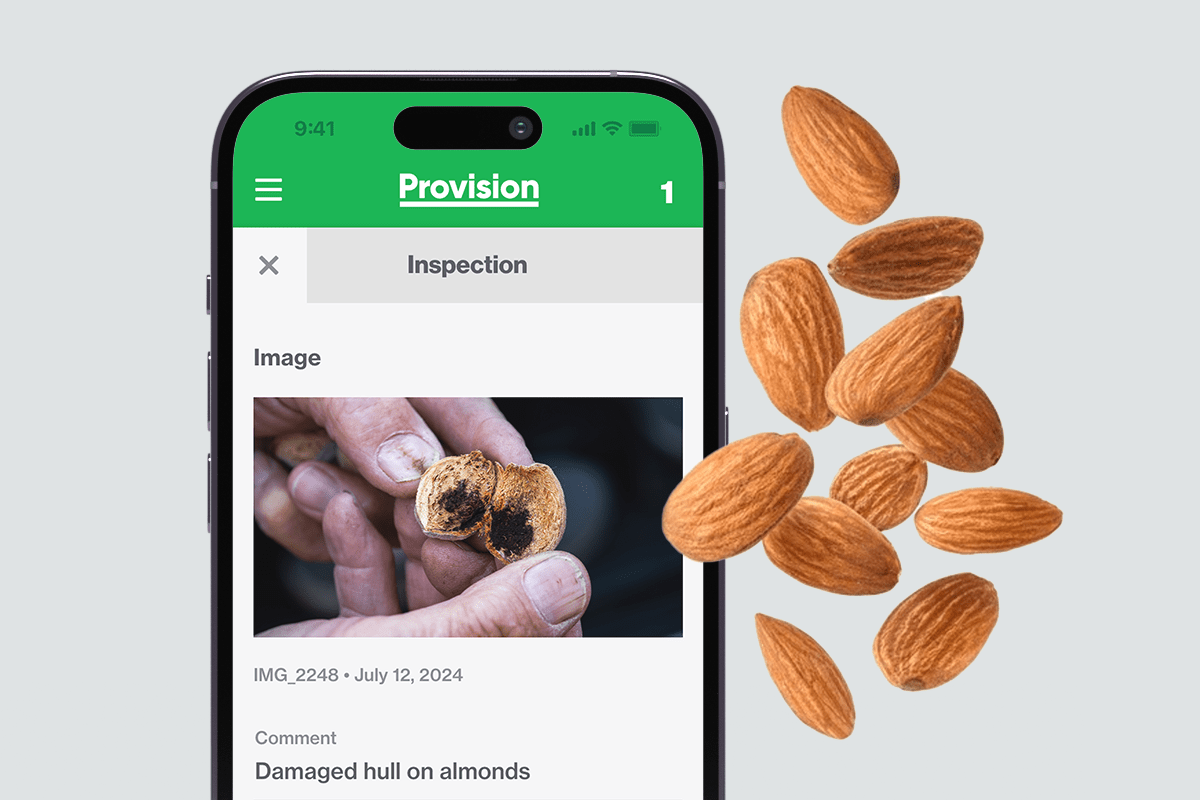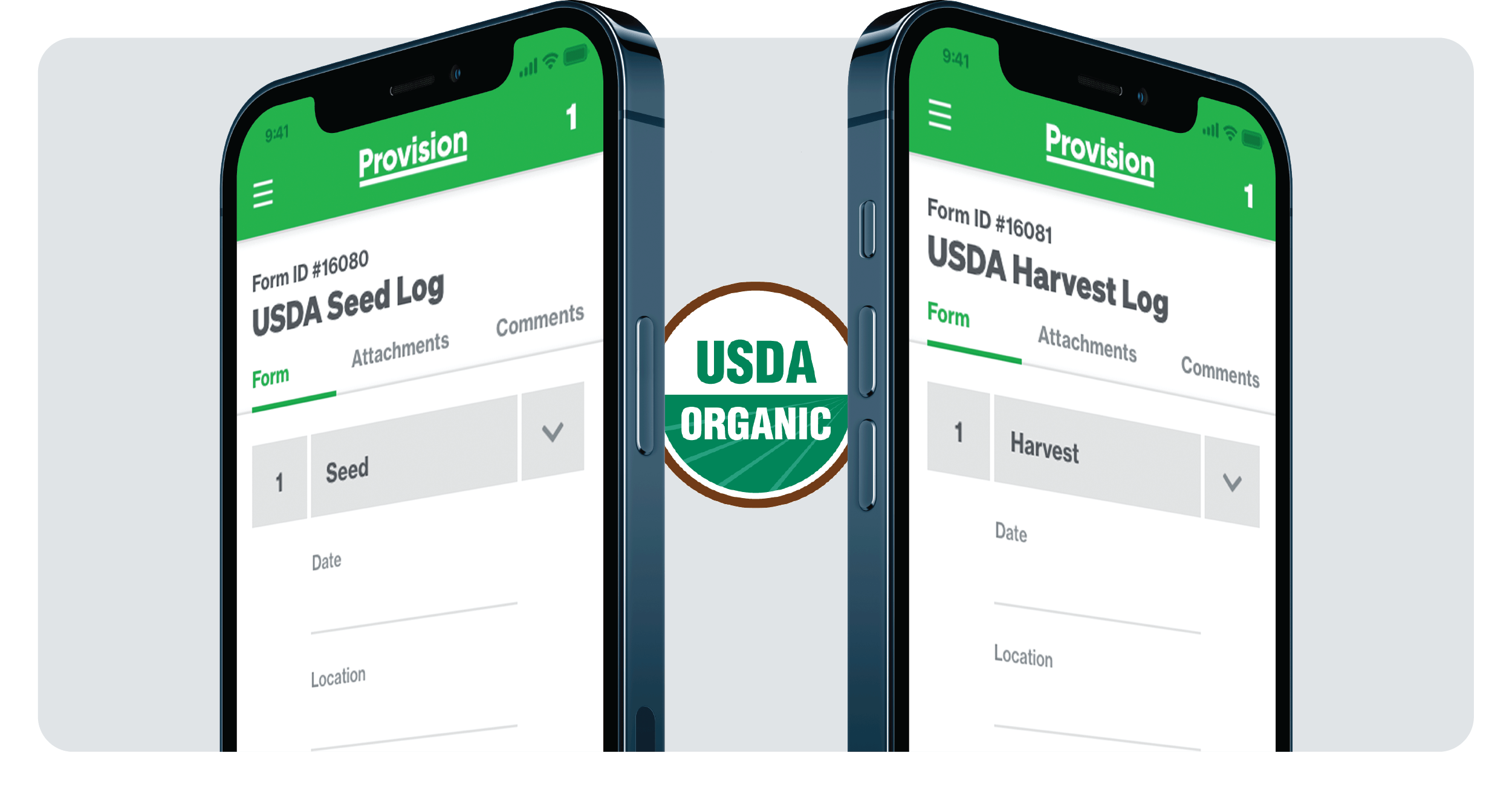From Almonds to Aflatoxins
Within the nut industry, aflatoxins are among the most familiar specters looming over food safety. While there have been no fatalities in North America caused by these mycotoxins, the lack of a viable kill step to keep contamination in check means that staying ahead of the risk of an outbreak is critical.
Caused by the presence of fungi or mold, aflatoxins are most commonly produced by two species of fungi: Aspergillus flavus and Aspergillus parasiticus. When absorbed through the gastrointestinal tract of consumers, aflatoxins may increase the risk of liver cancer, cause birth defects, and trigger kidney or immune systems problems according to the Food & Drug Administration.
But what allows the fungal culprits to take root in nuts in the first place—and how can the causes be addressed early?

-
Poor Agricultural Practices
- Soil can be a source of contamination if it contains Aspergillus fungus spores.
- Infected mummy nuts that are not removed are like ticking time bombs.
- Handler practices that lack sufficient sorting, cleaning, or processing can let contaminated nuts taint the rest of a batch.
-
Insect Damage
- Damage to hulls and fruit by insects offers a perfect foothold for fungal growth to get settled.
- One of the most notable pests is the Navel Orangeworm (NOW), which lays eggs in mummy nuts left on trees. When the eggs hatch, they feed—creating new entry points—and leave waste materials that aflatoxins can use as a nutrient source to proliferate.
-
Early Hull or Shell Split
- Nuts' naturally-occurring shell is usually very resilient—but if the hull or shell is compromised, it loses its layer of protection.
- Hulls will split naturally as the fruit ripens, and can be influenced by factors like soil type, weather conditions, or irrigation practices.
- Once hulls have split, best practice is to spray as part of an established Integrated Pest Management program.
-
Environmental Factors
- Warm and humid environments promote the growth of Aspergillus fungi—the same climate that hunt growers rely on for abundant growth.
- The stress of ongoing drought conditions can make nuts—especially almonds and pistachios—more susceptible to infection.
-
Improper Storage Conditions
- Excess moisture or heat in storage areas can allow for rampant fungal growth.
-
Storage Improvements
- Plan and conduct routine daily checks on ventilation and temperature, and ensure that deviations are escalated and addressed quickly.
-
Establish a Strong GAP Program
- Avoid fungal contamination and growth through timely use of best practices.
- Prevent missed or late inspections or disposals.
-
Reduce Pest Threats
- Building a rigorous Integrated Pest Management (IPM) program that includes a winter sanitation protocol and insecticide spraying, and minimizes the number of mummy nuts left on trees.
- Invest in specific measures to address the threat of NOW.
-
Ongoing Training
- Support training efforts with built-in, easy-to-access guidance and work instructions.
-
Lab Testing
- Regular sampling and testing by a USDA-certified lab not only helps stop contaminated product from reaching consumers, but provides a clear barometer for whether programs are working.
Moving Forward With Confidence
The risk of aflatoxin contamination is unlikely to ever fully disappear, but modern strides toward improved food safety management mean more assurance than ever that the underlying pitfalls that can lead to contamination are kept in check. By implementing powerful new tools such as Provision, growers and processors in the nut industry can invest in a solid future and increased confidence in the integrity of their products.






